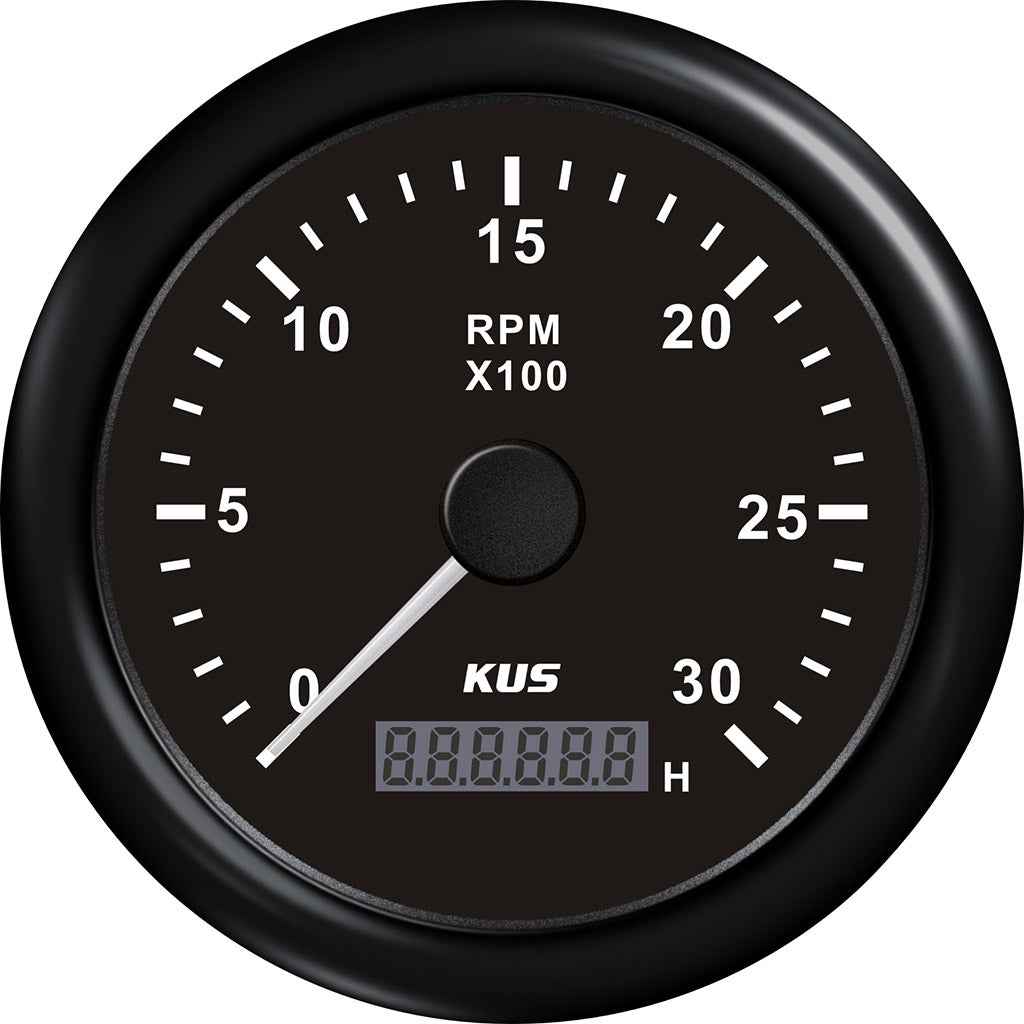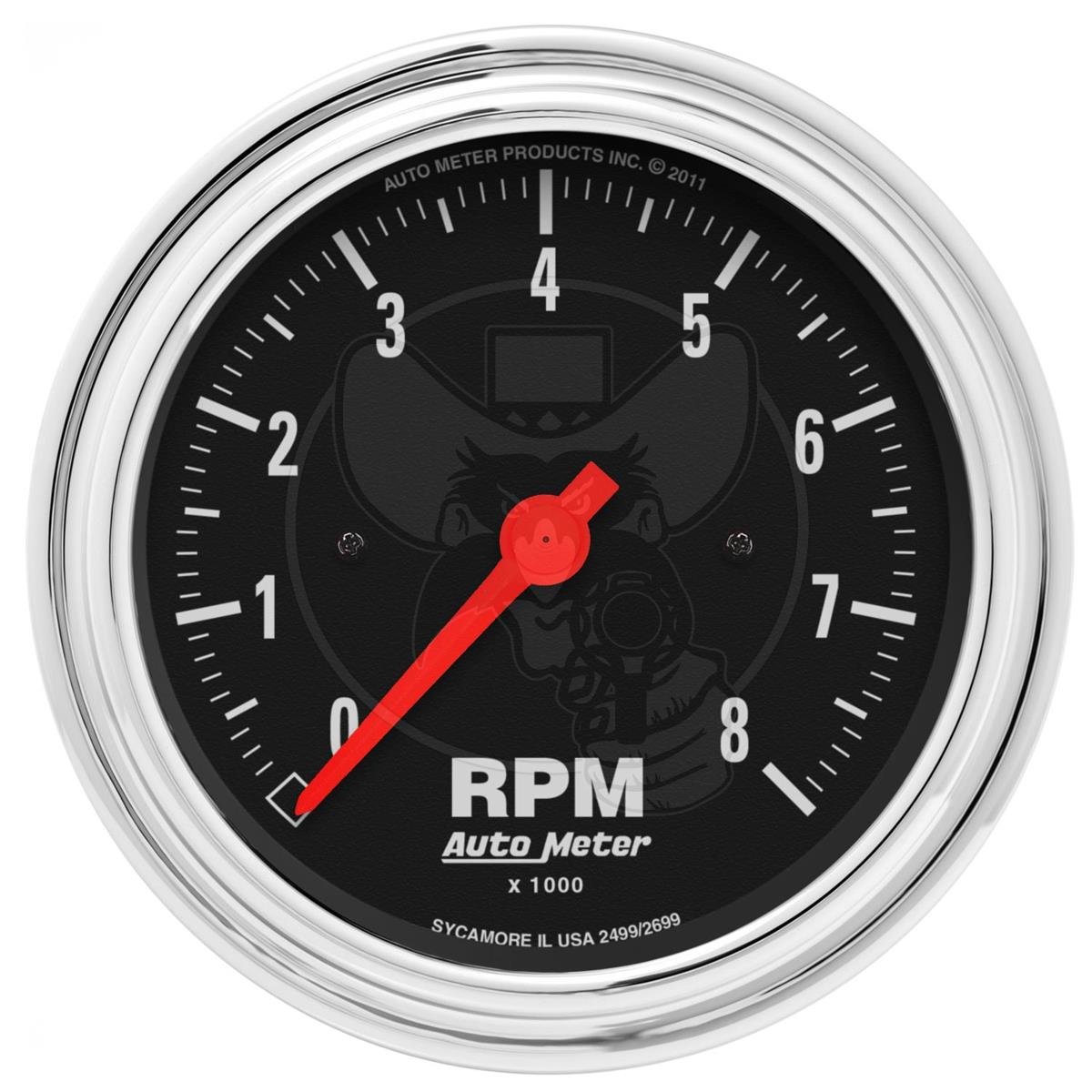The Relevance of a Tachometer in Monitoring Engine Speed and Efficiency in Automotive Applications
In the realm of auto design, the tachometer stands as a crucial instrument in the motorist's arsenal, giving a straight home window right into the inner workings of a vehicle's engine. Past its function as a plain gauge of revolutions per min (RPM), the tachometer offers as a critical tool for fanatics and professionals alike, providing real-time understandings into engine performance and health and wellness.
Relevance of Checking Engine RPM
Keeping an eye on engine RPM, or revolutions per minute, is a critical element of automobile upkeep and performance assessment. Engine RPM directly associates with the speed at which the engine's crankshaft revolves, suggesting how quickly the engine is running - tachometer. By monitoring RPM, auto mechanics can assess the health and wellness of the engine, spot prospective problems, and fine-tune efficiency. An uncommon RPM reading may signify issues such as engine misfires, malfunctioning stimulate plugs, or problems with the fuel shipment system. Consistently high RPM analyses can show aggressive driving behaviors or the demand for a greater gear shift to boost fuel efficiency.
In addition, keeping an eye on engine RPM is necessary for performance analysis in racing and high-performance automobiles. Preserving optimal RPM levels is important for achieving peak power result and velocity. Racers usually utilize tachometers to guarantee they are running within the excellent RPM array for optimum performance. In summary, keeping track of engine RPM is not only essential for discovering concerns yet also for enhancing engine performance in numerous auto applications.

Benefits of Real-Time Data
In automobile applications, real-time information plays a critical function in giving immediate insights right into the performance and condition of the car. By continuously keeping an eye on numerous parameters such as engine speed, temperature level, fuel consumption, and extra, real-time data supplies numerous advantages that contribute to improved efficiency and security when driving.
Additionally, real-time data helps with efficiency optimization by supplying immediate responses on driving habits and engine efficiency. Vehicle drivers can adjust their behavior in real-time based on this details to achieve much better gas economic situation and lengthen the life-span of their vehicle.

Moreover, real-time data plays an essential role in contemporary auto diagnostics, making it possible for specialists to promptly diagnose and deal with malfunctions. This causes lowered downtime, lower maintenance expenses, and inevitably, enhanced total car integrity and durability (tachometer). By using the power of real-time information, vehicle stakeholders can make informed decisions that favorably impact both the efficiency and durability of the car
Effect On Gear Shifts
Efficient equipment shifts in automotive applications dramatically influence overall efficiency and driving experience. The tachometer plays a critical role in optimizing gear changes by offering real-time engine rate data to the driver. When approaching the redline on the tachometer, it indicates the motorist to upshift to avoid over-revving the engine and triggering possible damage. On the other hand, downshifting at the ideal moment can assist maintain the engine in its power band, ensuring responsive velocity when required.
Furthermore, the tachometer aids Discover More Here in attaining smoother equipment changes, especially in hand-operated transmissions. By monitoring link engine rate, chauffeurs can carry out gear changes at the optimal RPM array, decreasing jerking motions and reducing wear on the transmission parts. This precision on duty adjustments not only improves driving convenience however likewise adds to sustain performance.
Enhancing Fuel Efficiency
Offered the critical function the tachometer plays in enhancing equipment shifts for efficiency and engine wellness, it straight adds to maximizing fuel efficiency in vehicle applications. By supplying real-time feedback on engine rate, the tachometer aids chauffeurs in preserving one of the most reliable RPM variety for gas economy. When motorists constantly keep track of the tachometer and readjust their driving practices as necessary, they can stay clear of unnecessary fuel consumption brought on by over-revving or hauling the engine.
In addition, the tachometer assists vehicle drivers recognize the most fuel-efficient gear to be in at any given moment, protecting against the engine from working harder than required. In conclusion, the tachometer serves as an important device in boosting gas performance by advertising optimum driving behaviors and identifying areas for enhancement in the automobile's efficiency.

Optimizing Engine Durability
The tachometer's role in keeping an eye on engine speed and performance is important i loved this in guaranteeing the long life of vehicle engines. Keeping track of the tachometer allows chauffeurs to remain within the recommended RPM variety for their lorry, avoiding unneeded pressure on the engine and extending its lifespan.

Verdict
In conclusion, the tachometer plays an important role in monitoring engine speed and performance in auto applications. By providing real-time data on RPM, it permits reliable gear shifts, improved fuel performance, and made the most of engine durability. This device is crucial for maintaining ideal engine performance and making certain the total capability of an automobile.